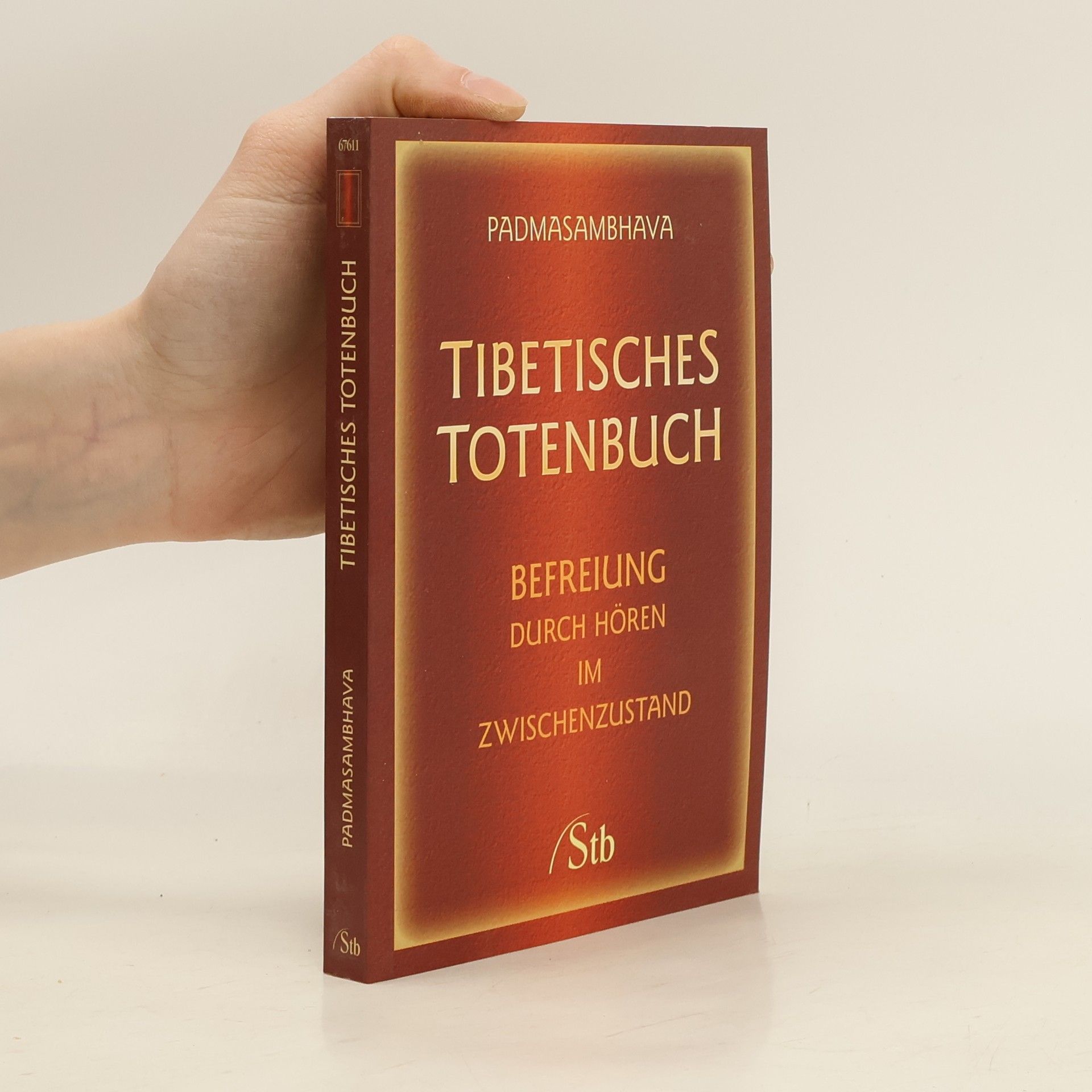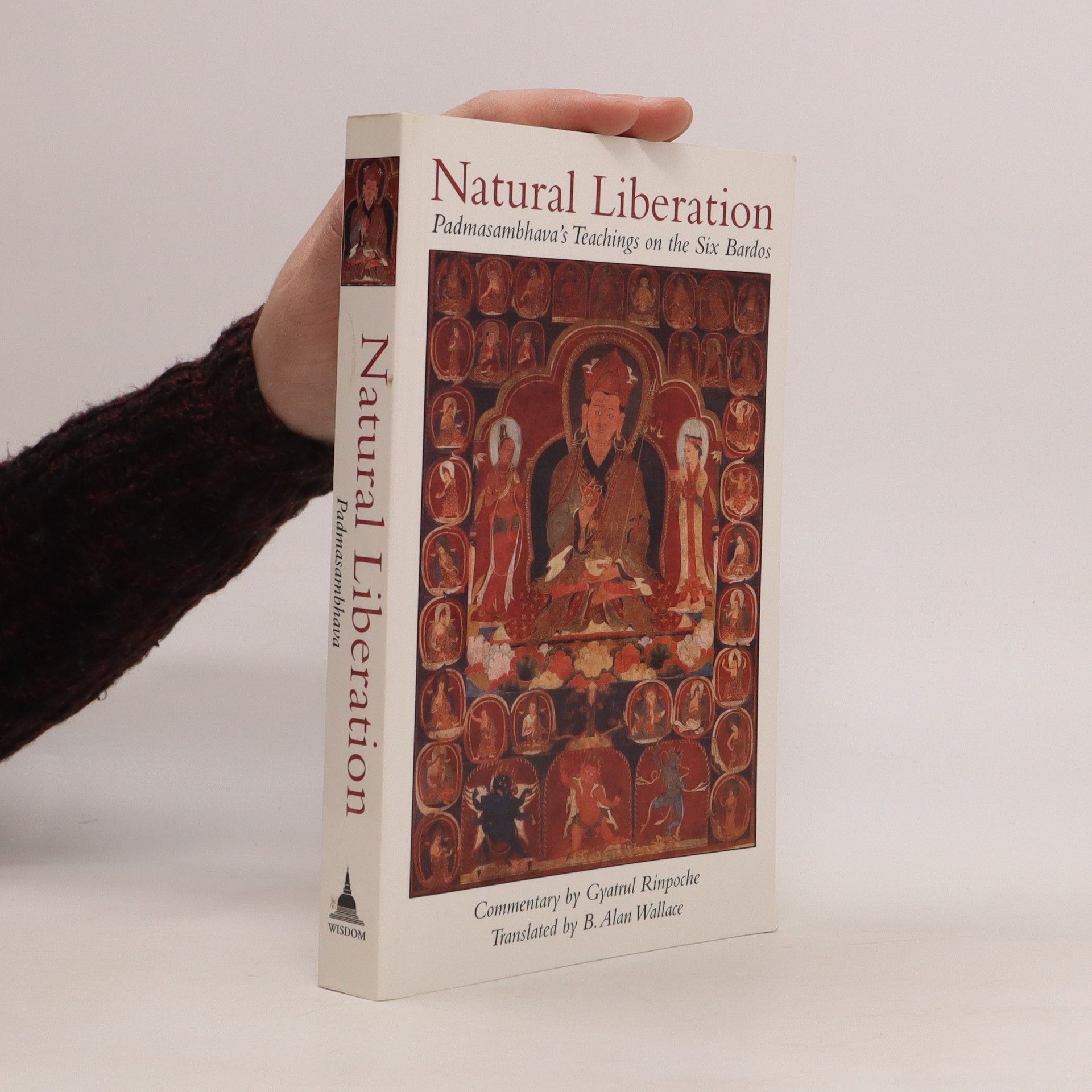Das Tibetische Totenbuch
Erste vollständige Ausgabe - Mit einleitendem Kommentar des XIV. Dalai Lama
Die erste vollständige Ausgabe des großen tibetischen Weisheitsbuchs Die Fragen, die im Tibetischen Totenbuch gestellt werden, bewegen alle Menschen, unabhängig von ihrem kulturellen Hintergrund: Wie kommen wir mit uns selbst und unserem Leben ins Reine? Wie können Angehörige einem Menschen den Sterbeprozess erleichtern? Was geht wirklich in einem Sterbenden vor? Wie vollzieht sich der Übergang in eine neue Wirklichkeit? Wie sieht es jenseits der Schwelle aus und gibt es Wiedergeburt? In der Kulturgeschichte der Menschheit sind viele Antworten auf diese Fragen gegeben worden, aber nie so ausführlich, so kompetent und zugleich so tröstlich wie im Tibetischen Totenbuch. In einem ausführlichen Vorwort gibt der Dalai Lama Auskunft über die tibetische Vorstellung von Tod und Wiedergeburt. Einzigartigen Zugang verschaffen die sachkundigen Kommentare der Herausgeber, die jedem Kapitel vorangestellt sind. Eine Textgeschichte des Tibetischen Totenbuches, ein Glossar der wichtigsten Fachbegriffe, eine Liste der Namen von Gottheiten und Bodhisattvas, eine Bibliographie und Fußnoten unterstreichen die liebevolle Präzision dieser kostbaren Publikation. Nicht zuletzt vermitteln farbige Abbildungen tibetischer Thangkas (Rollbilder) und Mandalas einen Eindruck vom Reichtum der alten tibetischen Kultur. Diese erste vollständige Ausgabe des Tibetischen Totenbuchs setzt einen neuen Maßstab – sowohl in ästhetischer als auch in wissenschaftlicher Hinsicht. Liebevolle und bibliophile Ausstattung in Leinen, mit Lesebändchen und mit Farbschnitt. Ausstattung: 16 Farbtafeln






